Beyond the package holiday: Discover the Canary Islands’ history
There is more to the Canary Islands than sun-baked beach holidays and all-inclusive hotels. Get to know the authentic side of these islands
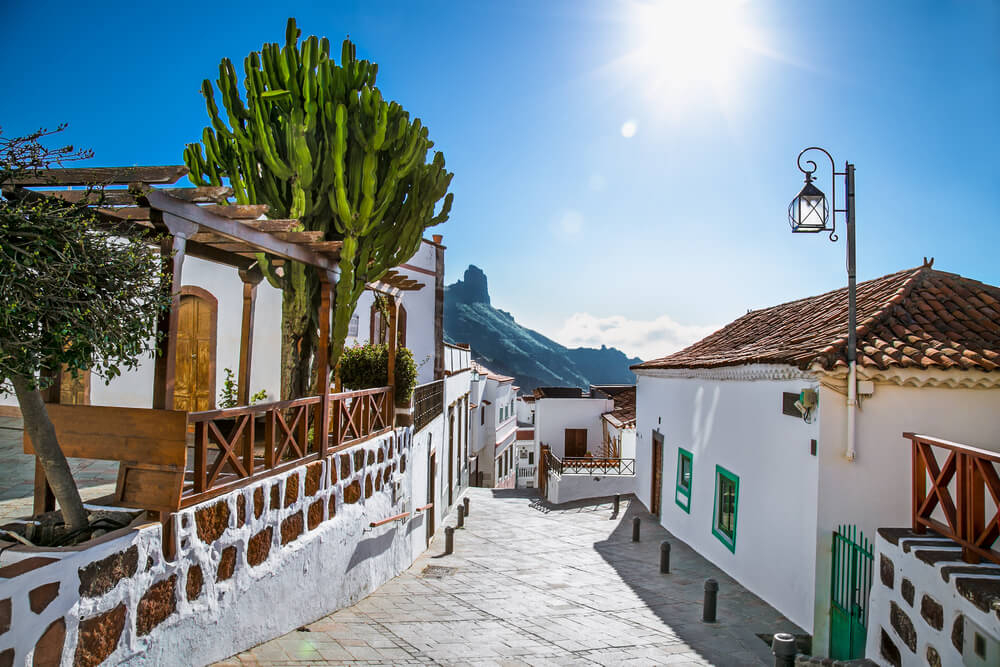
The Canary Islands may have been overlooked in recent years by their chic and glamorous neighbours, the Balearic Islands. Yet, if you know where to go and what to see, the Canaries offer a fabulous destination for all-year-round fun. Just look past the high-rise hotels and mass tourism and you will discover that the Canary Islands’ history and culture are full of charm and island style. But don’t just take our word for it. Pack your bags and book an island adventure to this Spanish archipelago off the African coast.
A whistle-stop tour of the Canary Islands’ history:
These volcanic islands sprouted from the earth millions of years ago and new land continues to be created with each new volcanic eruption. Fuerteventura and Lanzarote are the oldest Canary Islands and were formed around 23 million years ago, while the youngest, El Hierro, is estimated to be only 1.1 million years old.
Thanks to this vibrant volcanic energy, the Canary Islands are home to a rich and diverse range of flora and fauna as well as atmospheric landscapes. Rugged mountains, deep valleys, and sandy beaches provide breathtaking backdrops for holiday pics and dazzle visitors with their natural beauty. Originally inhabited by an Indigenous civilization called the Guanches, these islands fell under Spanish rule in the 15th century. Since then, they have become an important stop on international trade routes between Europe and the Americas. Today, they are a prime location for tourists searching for some winter sun. However, there is more to these islands than good weather. The Canary Island culture invites curious minds to explore and get into the groove of island life. Are you ready? Here are some Canary Islands facts to get you ready for your next holiday.
1. Canary Islands Interesting facts: The Canary Islands weren’t named after the birds…
… but the birds were named after the islands. If you’ve been asking yourself after which animals are the Canary Islands named, then you’ll be interested to know that the name for the islands actually came from the Latin term for the island, Insula Canaria, meaning ‘Island of the Dogs’. Now that is a Canary Islands’ history fact for you!
The name for the islands actually came from the Latin term for the island, Insula Canaria, meaning ‘Island of the Dogs’
The jury is still out on exactly where that name came from, but many people think it’s a result of the large population of ‘sea dogs’, as the Romans called them, living on the island at the time, which were actually monk seals. These days, these seals can’t be found in the Canary Islands anymore, as they’re critically endangered. On the other hand, there is a legend that the first inhabitants of these islands once worshipped dogs, so some of the earliest visitors named the people ‘the ones with dogs’.
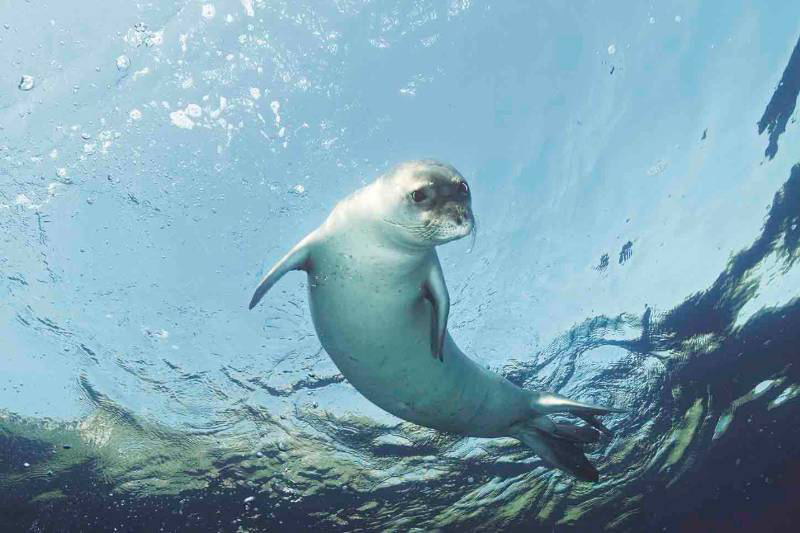
It is believed that the Canary Islands got their name thanks to the Romans calling the Canarian population of monk seals “sea dogs”
2. Useful Canary Islands info: Canarian people have been inhabiting these islands for at least 3000 years
While we are on the subject of the Canary Islands’ indigenous people, they were called the Guanches. It’s been confirmed that they were genetically similar to the Berber people that lived on the North African mainland and that they made it to the archipelago as far back as 1000 BCE, or maybe earlier. Interestingly, they were the only native people to have lived in this region before the Europeans showed up, as it seems that the Azores, Cape Verde and Madeira were uninhabited. The Guanches were, over the years, assimilated into the general population, but many of their customs and traditions have survived.
The Spanish finally claimed the seven Canary Islands in the 15 century. One of the interesting facts about the Canary Islands is that before the Spanish conquered the islands, they had been visited by an expedition from Mauritania, the king of which recounted the story to Pliny the Elder. That was how the Romans learned of the existence of the ‘Islands of the Dogs’. The Arabs landed and traded on Gran Canaria in 999 AD, and over the 13th and 14th centuries, they would be visited by Genoese, Majorcan, Portuguese and French sailors.
French and Portuguese forces occupied several of the islands, but they were handed over to the Spanish in a treaty in the 15th century, and the Spanish would have control of all the islands by the time the 16th century rolled around, using them as their base for their explorations to the west - a key moment in the Canary Islands’ history.
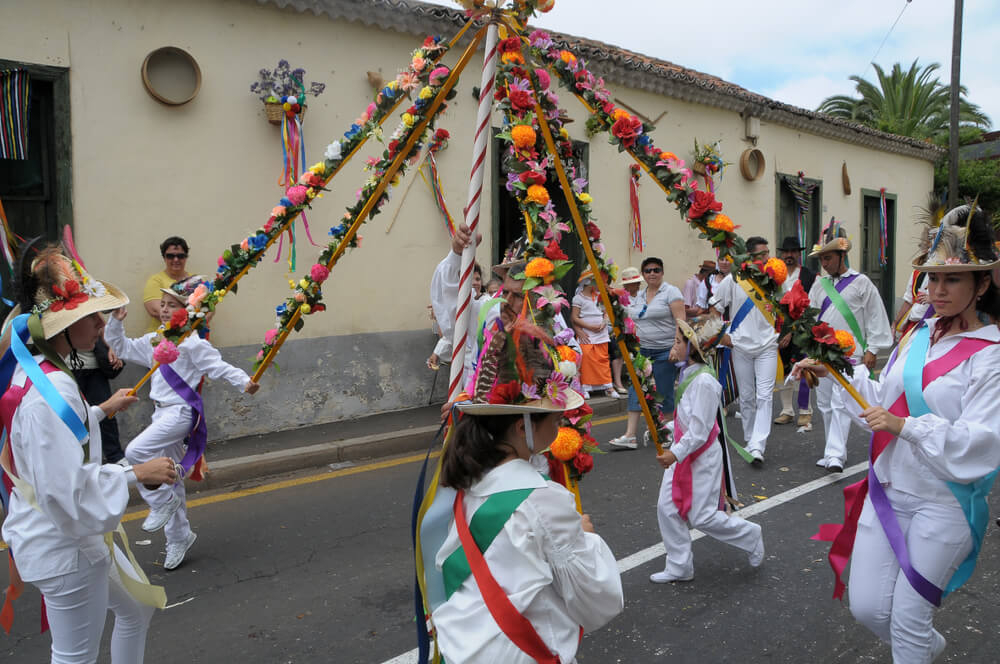
isit a Romería to discover how the Canarian people lived in the past
3. Did you know? The Canary Archipelago is far closer to Africa than Spain
If you look at the Canary Islands travel info, you might be surprised by just how close the Canary Islands are to the African mainland. They sit on the African tectonic plate. They’re so close that the easternmost islands are only just over 100km from the African coast, whereas mainland Spain is 1,056km away. In fact, it’s widely believed that the sand that makes up the incredible Corralejo sand dunes on the island of Fuerteventura was blown here from the Sahara. That’s been proven not to be the case, but it still makes a great story, and the dunes are a spectacular sight to behold.
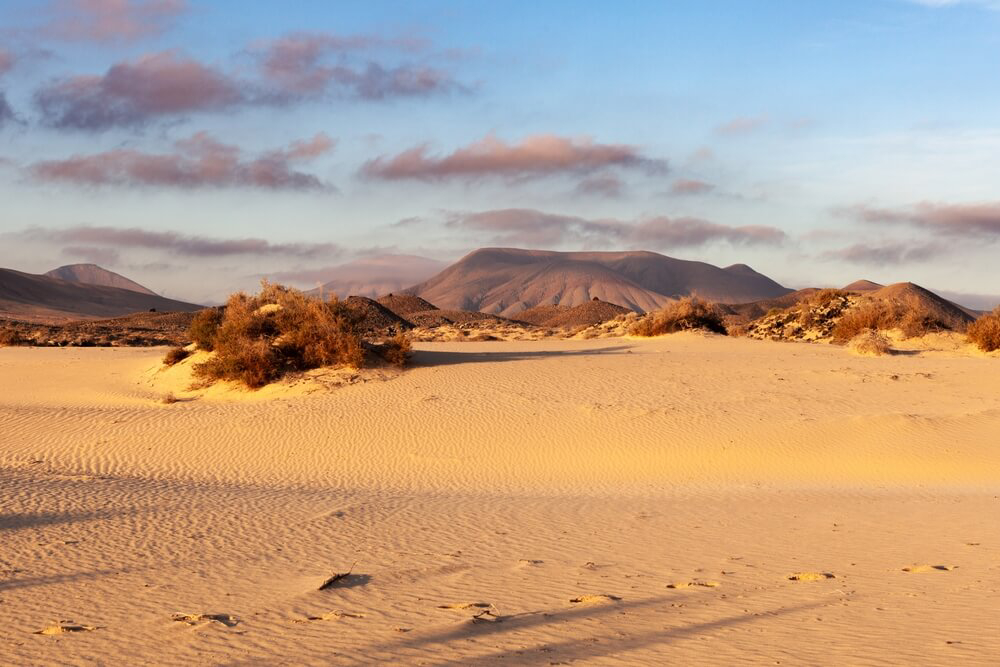
The sand dunes of Corralejo are a must-visit when on holiday in Fuerteventura
4. Geology of the Canary Islands: Mount Teide is the third-largest volcano in the world
The majority of the Canary Islands were all formed by ancient volcanic activity, but some are far less ancient than others. The oldest of the islands are Lanzarote and Fuerteventura, the easternmost islands. From there the chain stretches westwards with the islands gradually getting younger as you move to Gran Canaria, Tenerife, La Gomera, La Palma and El Hierro. Mount Teide, or El Teide, on Tenerife, is the third-largest volcano in the world and Spain’s highest peak, 3,718m high.
Mount Teide, or El Teide, on Tenerife, is the third-largest volcano in the world and Spain’s highest peak, 3,718m high
It’s only La Palma and El Hierro that are still above the hotspot that forged these dramatic islands. La Palma geology is truly fascinating and famous in the Canary Islands’ history thanks to Cumbre Vieja, the most active volcano in the archipelago, having erupted in 1949, 1971 and 2021. But, don’t panic, they’re closely monitored, so it’s quite safe to enjoy a holiday on these more out-of-the-way, lesser-known Canary Islands.
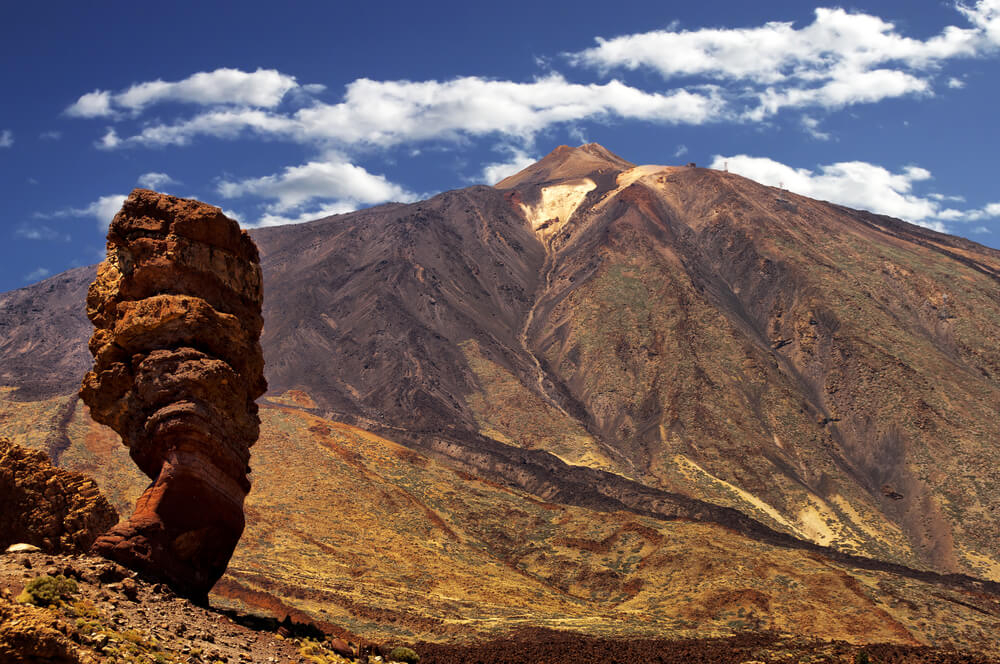
Venture up to the dizzying heights of Tenerife’s volcano, El Teide
5. Canary Islands’ history and culture: the famous whistling language
On the subject of the quietest Canary Islands, not overrun with crowds of tourists, La Gomera is a gem of an island that’s famous for a special reason.
The local population developed a whistling language, known as Silbo Gomero, as a means of communication across the ravines and valleys. It’s still taught in schools, used for announcements, and has been awarded UNESCO status as a ‘Masterpiece of the Oral and Intangible Heritage of Humanity’.
This language has long been a part of La Gomera history and it already existed before the arrival of the Spanish settlers, and although it has been adapted to blend it with Spanish, it’s still very much a part of the original Canary Islands’ history. So if you are planning a Spanish culture trip, the Canary Islands are a wonderful place to start.
So, what’s the verdict? Which island wins the prize for being the most interesting Canary Island? It’s a tough choice and one that is best left for you to decide. Whether you’re fascinated by geology or you’re a bit of a culture-vulture, there are huge amounts for you to uncover when it comes to the Canary Islands’ history. Dive right in and discover the landscape, get to know the people and sample the cuisine, and we’re sure you’ll be back for more.
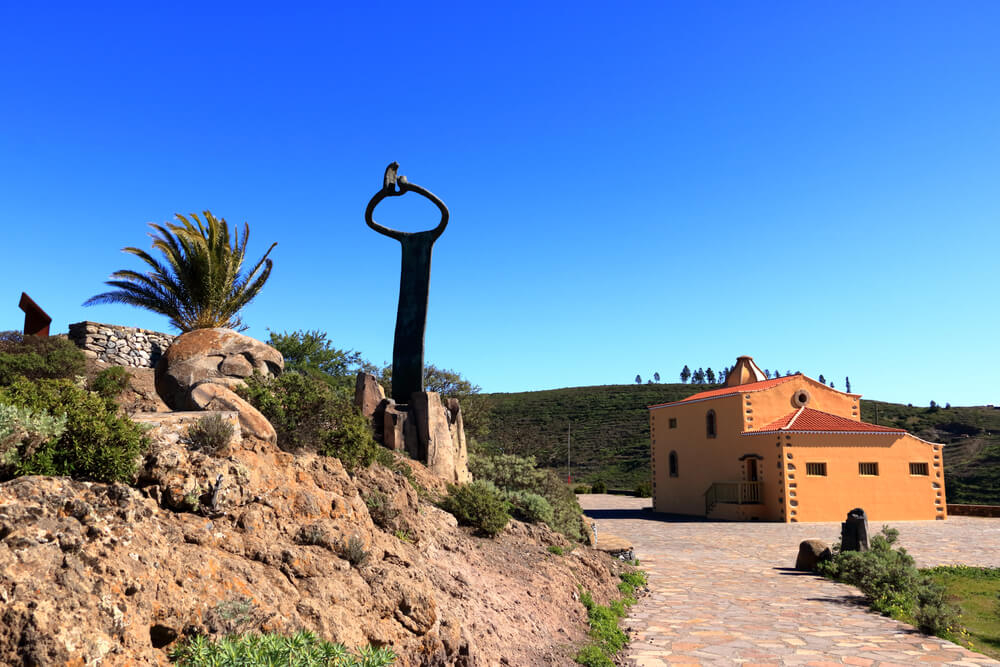
Be sure to listen out for the Silbo Gomero whistle when you are visiting La Gomera
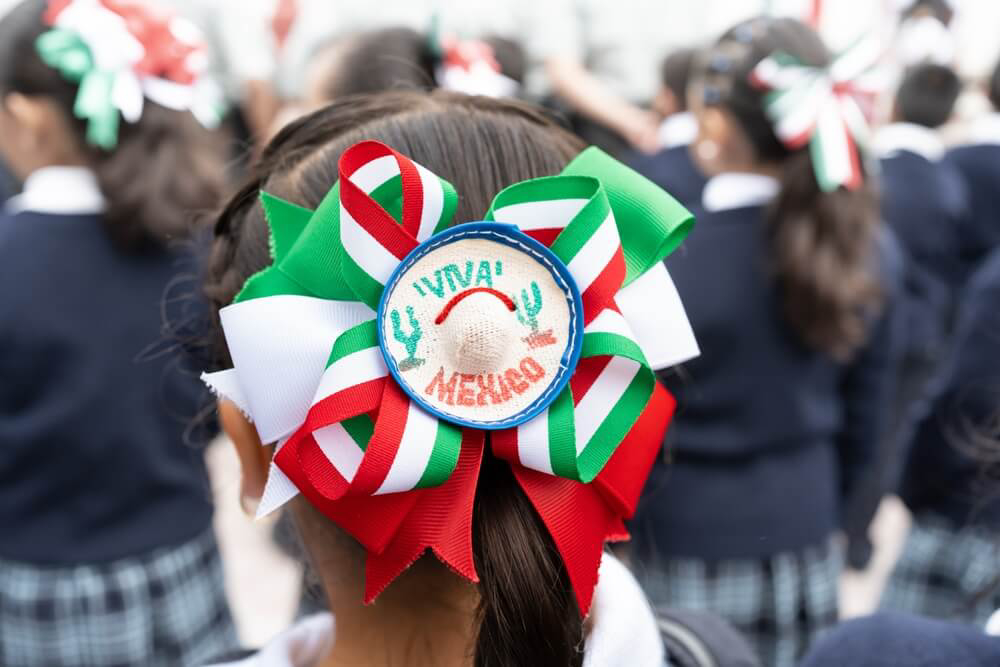

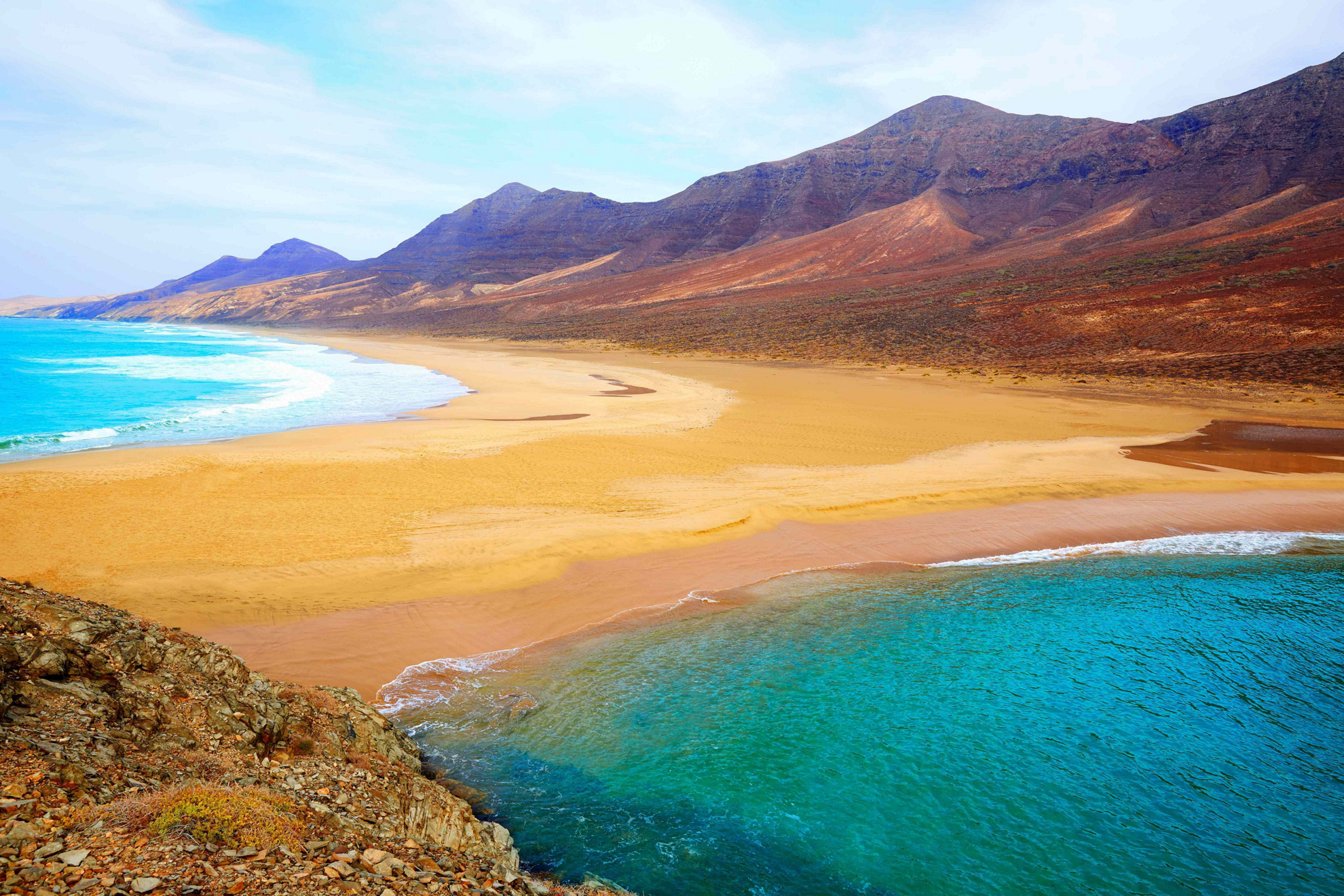



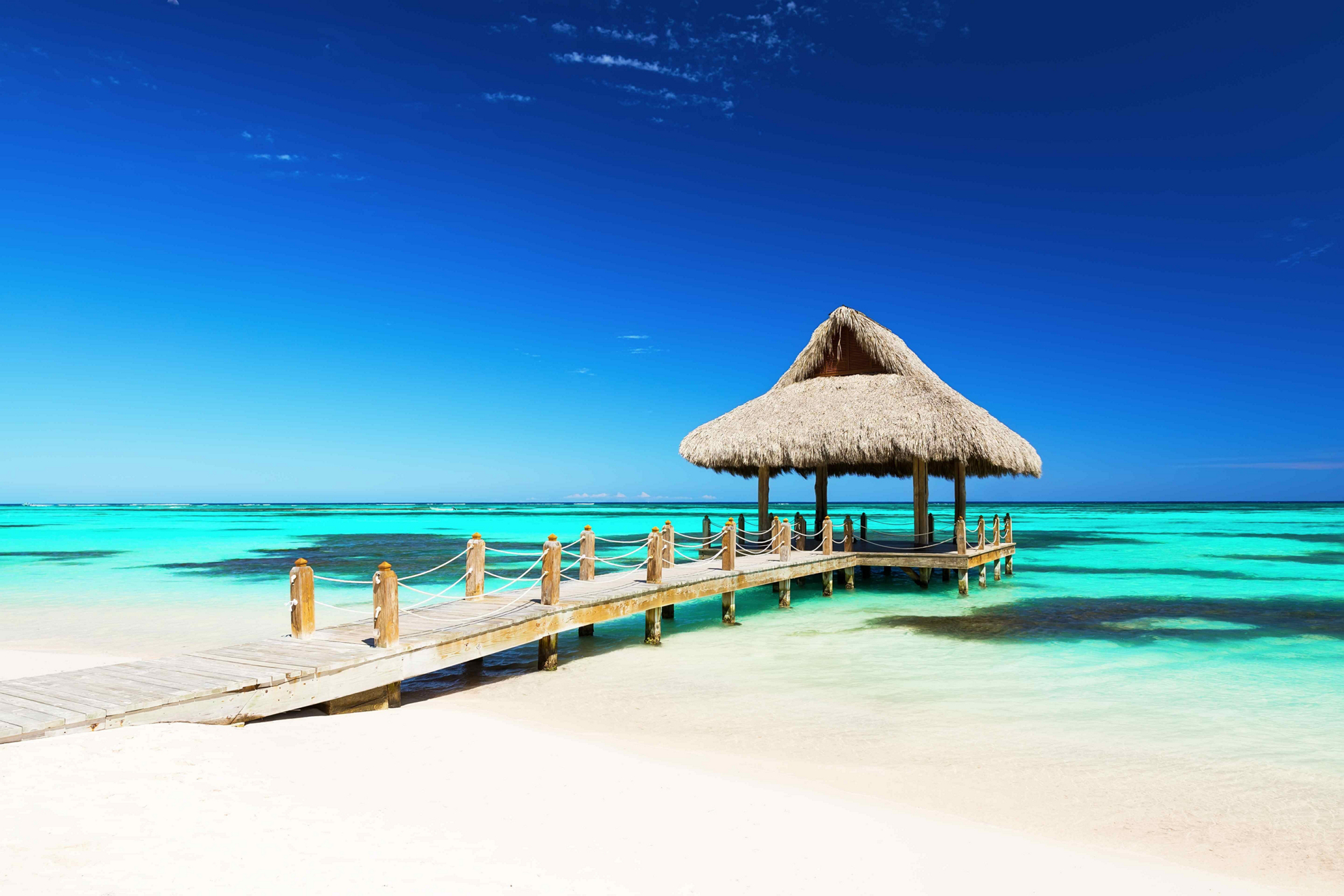

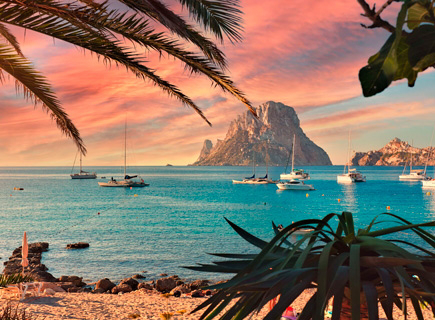
_435x320?&)

